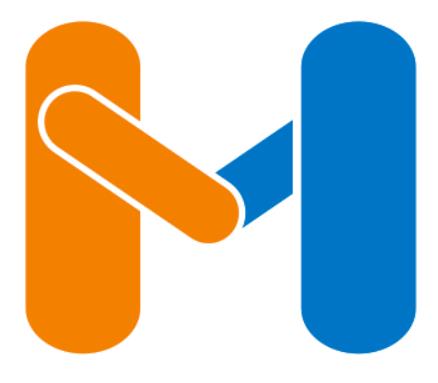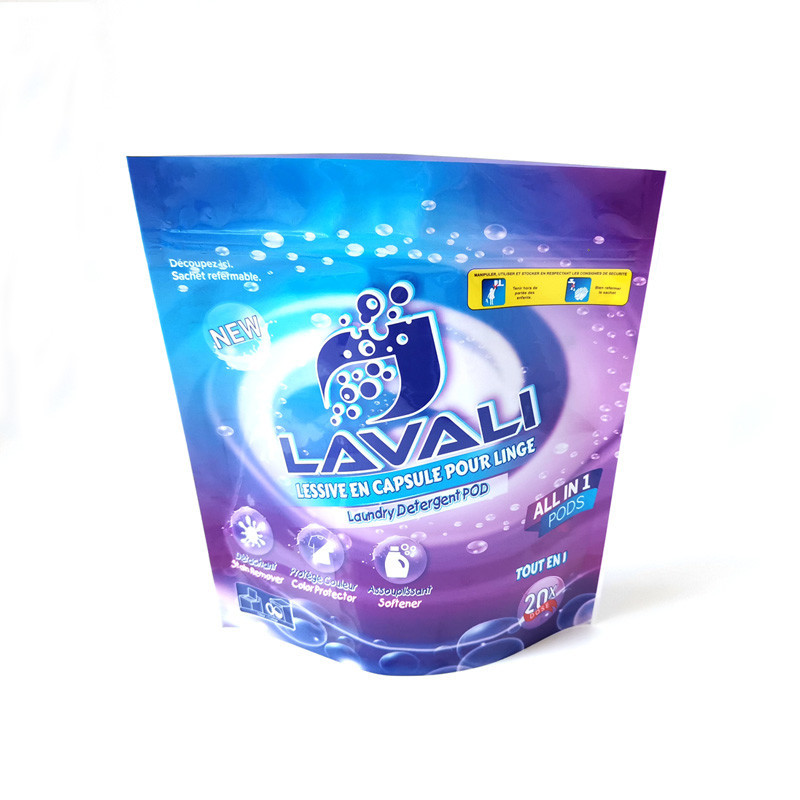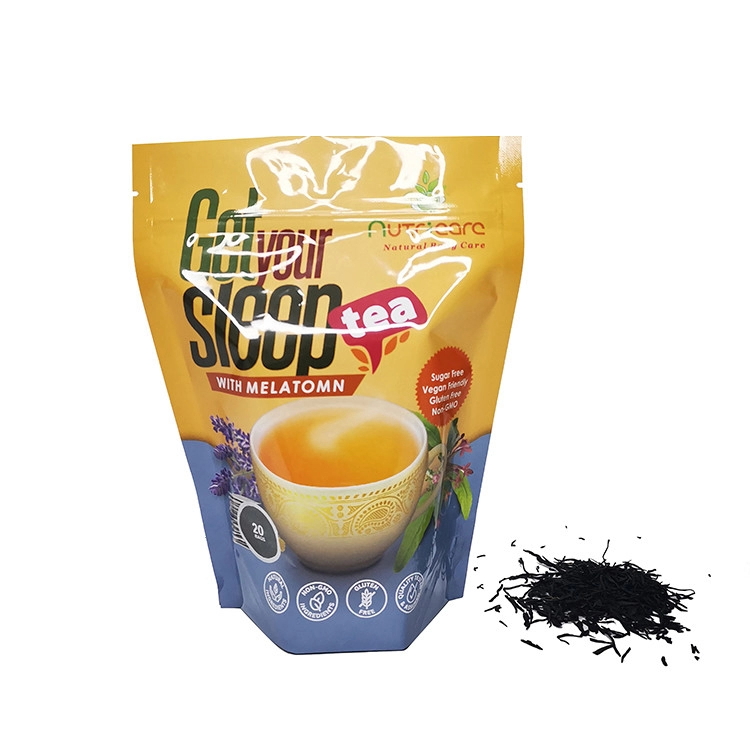Digital Printing Revolutionizes
Digital Printing Revolutionizes Plastic Food Packaging Bags with Flexibility and Precision
Digital printing technology is transforming the plastic food packaging industry, offering unmatched flexibility, customization, and efficiency for both manufacturers and brands.
Customization for Branding Excellence
One of the biggest advantages of digital printing in plastic food packaging is its ability to offer customized designs with exceptional precision. Brands can now create highly detailed, vibrant packaging designs that stand out on store shelves, enhancing brand recognition and consumer engagement. Unlike traditional printing methods, which require extensive setup, digital printing allows businesses to create bespoke designs without the need for printing plates, reducing lead times and setup costs.
This has proven especially beneficial for small and medium-sized businesses, who can now afford lower minimum order quantities (MOQs) without compromising on quality. This flexibility opens the door to more creative packaging, allowing brands to quickly adapt to seasonal promotions, limited edition designs, and regional-specific products.
Speed to Market
Digital printing enables faster turnaround times, which is crucial in the fast-paced food industry. With no need for lengthy prepress processes, brands can move from concept to production in a matter of days rather than weeks. This speed is critical for businesses looking to launch new products or respond to sudden market trends.
Additionally, digital printing offers on-demand production capabilities, allowing companies to print smaller batches of packaging when needed. This reduces the risk of overproduction and helps businesses manage inventory more effectively, ultimately reducing costs and waste.
Eco-Friendly Benefits
As sustainability becomes a growing concern in the packaging industry, digital printing offers an environmentally friendly alternative to traditional printing methods. By eliminating the need for printing plates and using less ink, digital printing reduces material waste. Furthermore, this technology supports shorter print runs, which minimizes overproduction and helps businesses manage their packaging more sustainably.
Many digital printers now use eco-friendly inks, which are less harmful to the environment. Combined with sustainable packaging materials such as recyclable plastics or compostable films, digital printing enables brands to enhance their green credentials and meet rising consumer expectations for eco-friendly products.
Versatility and Innovation
Digital printing's versatility is another key advantage. It is compatible with a wide range of materials, from Mylar and polyethylene to biodegradable plastics, enabling brands to create packaging that fits their specific product needs. Whether it’s for resealable food storage bags, stand-up pouches, or single-serve snack packaging, digital printing delivers the flexibility to handle a variety of packaging formats.
Moreover, digital printing allows for innovations such as variable data printing, which can include batch numbers, QR codes, or even personalized packaging designs for promotional campaigns. This enhances consumer interaction, providing a modern, tech-savvy packaging solution for forward-thinking brands.
Cost-Effectiveness for Small Runs
Traditional printing methods, such as gravure and flexographic, are cost-effective for large print runs but can be expensive and inefficient for smaller production volumes. Digital printing, on the other hand, eliminates the need for costly setup processes, making it the ideal solution for short-run projects. This is particularly valuable for brands launching new products, running test markets, or offering limited-time promotions, where producing in smaller quantities is more practical and economical.
Conclusion
As the food packaging industry evolves, digital printing is emerging as a game-changer, offering advantages in customization, speed, and sustainability. Brands that leverage this innovative technology can enjoy greater flexibility in packaging design, a faster time to market, and more efficient production processes. With its ability to meet the demands of both large and small businesses, digital printing is poised to become the future standard for plastic food packaging bags.



